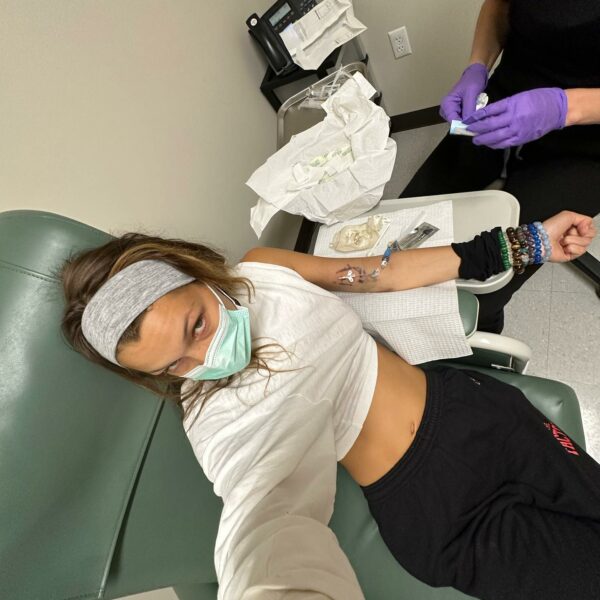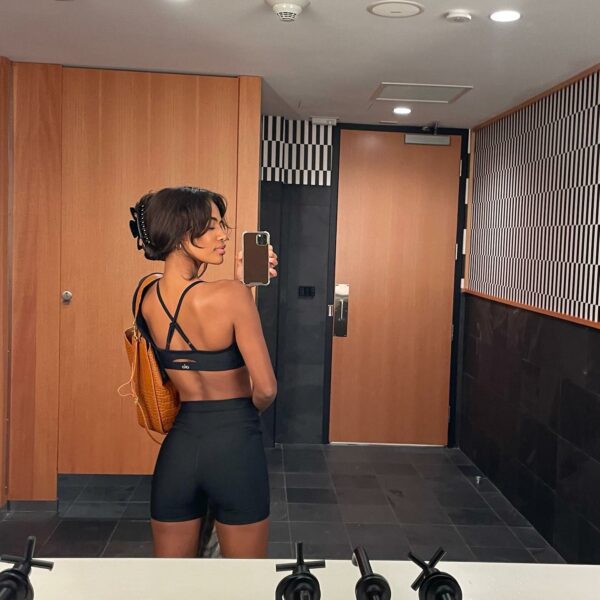Not all workouts are pelvic floor workouts. But nearly all exercises, even those that seem to be solely isolating arms or abs, do work the core in some way. Learning how to activate the pelvic floor prior to and during your workouts can really maximize your flat-tummy benefits, as well as keep your form in check.
Pelvic floor, health, and wellness expert Courtney Virden is our go-to authority when it comes to, well, the pelvic floor. We all have a general idea of where and what the pelvic floor is, but activating it and keeping it engaged can be rather elusive. So to get the very best out of our workouts and improve our posture, we want to hone our awareness.
“A woman’s pelvic floor should be strong, toned, and responsive, and being aware of it can help you activate it while working out,” Virdin explains.
“As we breathe in, our pelvic floor descends and lowers slightly, and as we exhale, it gently lifts. Think of your core as a balloon that gently expands and contracts (your pelvic floor is the base and the diaphragm is the top).”
The goal is to activate the pelvic floor prior to the workout so that it naturally lifts when we engage our bodies. Virden breaks it down:
“To become more aware of this movement, sit in a chair or on top of an exercise ball and breathe in deeply. Feel your pelvic floor slightly lengthen and as you exhale, the pelvic floor will lift slightly.
“Some women like doing Kegels, which are a concentric contraction, and feel similar to the feeling of when you stop the flow of urine. These are not suitable for women with a tight pelvic floor, however, and are most suitable for women with an overstretched pelvic floor. When I work with clients, I have them envision their pelvic floor contracting and lengthening with exercises to restore appropriate tension.
“Focusing on the pelvic floor during your workouts can help you improve your connection and engagement with it. For example, deep squats (especially with toes turned out) allow the pelvic floor to lengthen. And as you stand up, the pelvic floor contracts (picture that balloon and what happens as pressure is applied from the top or side and you can understand how your pelvic floor will react to different movements).”
Next time you’re about to do a core workout, a squat-heavy workout, or even a short arm-focused flow, practice this engagement first and feel the tightened-up difference.
Up next, be the first to know our weekly content and sign up for our Poosh newsletter.







































